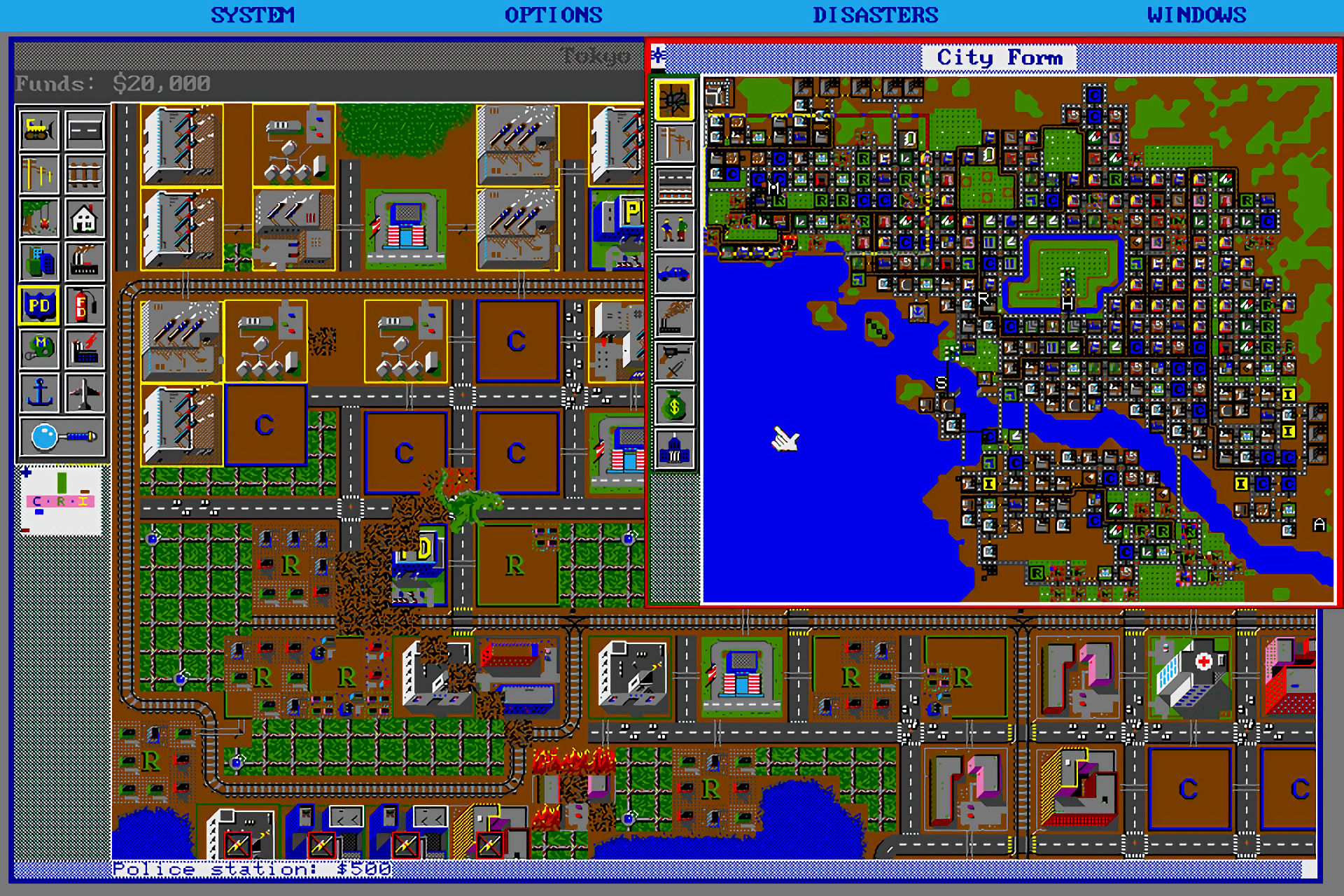I needed to wait until I had some time to tell you of the events on Friday. This will likely be a long post, so be prepared, get a drink and ensure you’re sitting comfortably.
Once again, I found myself leaving rainy Darlington early in the morning in order to travel down to Grimsby to attend the funeral and memorial service for my Gran. It was held at St. James Church. It’s the largest Church in the town.
The original date when St James’ was founded is uncertain. However, there has been a church on this site for over 880 years with the first documented evidence being 1114. The parish church was mentioned in the Doomsday Book. You can also see Roman and Saxon bricks in the west wall.
Sir Thomas Heneage acquired the church and its land in 1558 – together with the right to nominate the vicar – following the dissolution of the monastery in 1536.
The transepts of the Church have been used for various things in its history. The town’s fire engine has been stored there, it has been used as a school room and the place for the election of the town’s mayors.
John Wesley preached in the Church in 1758.
The Choir School was founded in 1880 by Canon James Peter Young. It became known as the James’s College in 1883. St James’s Church is the only parish church in the country to have a choir school attached to it.
On 14th July 1943 there was an air raid on the town and two bombs were dropped on the churchyard. These destroyed the north wall of the transept, nearly all the windows were broken and most of the slates were blown off the roof. The only windows not damaged in the Second World War are those in the Memorial Chapel built to commemorate those who lost their lives in the First World War. Even today signs of shrapnel can be seen in the north face of the Lady Chapel walls.
I’ve always liked this building. It has a rich history, and yes, you can actually see the shrapnel damage from the attack which occurred back in 1943.
Anyway, back to our story.
We arrived at my Brothers house and got ready for the funeral. Dressed in black suits, white shirts and black ties, Byron, Michael and I made our way to the Church and met up with family members on the way. Our crowd seemed to dominate the area surrounding the Church. With 12 children and 28 Grandchildren plus husbands, wives, friends, aunts, uncles, and the children of the fourth generation in attendance, the mourners must have numbered close to 100. It speaks volumes of how this woman effected the lives of so many people around her that so many wanted to attend and pay their final respects.
We waited outside in the sunshine for the Funeral cortege. The coffin arrived in a horse drawn carriage. Two black horses with black-feathered plumes pulled the carriage, and behind it came the chief mourners, her children; eleven of them as Jamie (the youngest) is in Australia and couldn’t get back. We entered the Church and then the coffin was carried in by the four sons who attended, each dressed in traditional tartan (my Gran was a proud Scot). They bore the weight of the coffin with dignity and honour, and were followed by Gran’s 7 daughters.
I’m not a big fan of religious ceremony, but I was moved by the service. Two hymns, Eternal Father, strong to save and Jerusalem, were sang, admittedly only by those familiar with them, and the Vicar talked at length of my Gran, her life, her family and her successes. Then followed prayer and blessings before the coffin was once again carried out by Gran’s boys and taken to her final resting place.
We followed the cortege to the cemetery and were able to pay our final respects as the coffin was lowered into the grave. It was a sad occasion, and it was difficult to see family members so upset by this. I did my best to support my Brothers, both teenagers, but shed some tears when my Mother’s twin, John, threw earth onto the coffin and muttered, “Good bye Mam.”
Later we all went to the wake for drinks and to celebrate her life. The mood was positive, and although people were naturally upset by the loss of Gran, we were able to reflect on her life and celebrate all that she had been to everyone who knew her. It was actually good to see many of my cousins that I hadn’t seen in years. Many I hadn’t seen since they were children have started families of their own. This is Gran’s legacy. This extended family has been greatly influenced by her warmth and generosity. We each carry inside us a small part of her, and in that way she lives on in us. In her children; in her children’s children, and in her children’s children’s children. Four generations each with memories, respect and love for this woman. No one could ever say she lived her life in vain, for our development and general good nature is a result of her teachings.
She may be gone, but her memory lives on, not just in our hearts and minds, but also in our actions and conduct. We all have a duty to uphold that memory and to respect our dearly departed. I know I will try to live as she would wish me to. I just hope that the rest of the family have the strength of character to do so.
Goodbye Gran. We love you and will remember you. Thank you, very simply, for being you.



